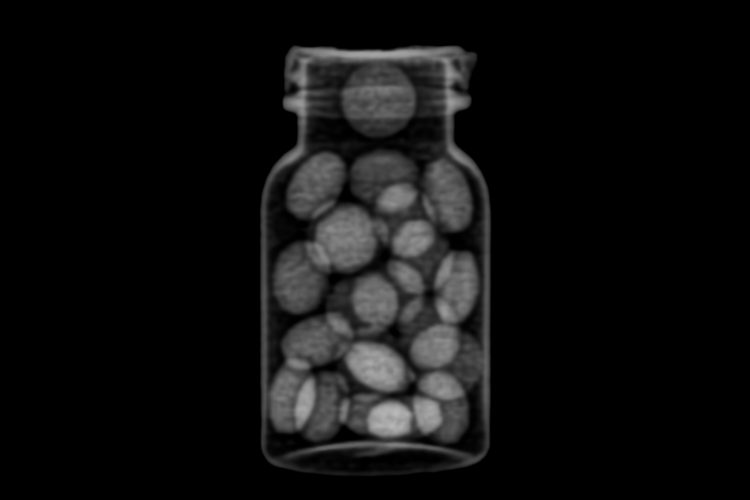How can X-ray irradiation advance pharmaceutical sterilisation?
Posted: 30 May 2022 | Hannah Balfour (European Pharmaceutical Review) | No comments yet
Among several alternative methods, X-ray irradiation is being considered as a potential pharmaceutical sterilisation process. Here, EPR summarises the salient points of a paper exploring why.


The most used sterilisation method in the pharma industry is thermal sterilisation. But for those products sensitive to temperature, such as biological molecules, this method is not practicable. Since sterilisation is often critical to ensure the risks posed by microbial contaminants are minimised for patients, other approaches are needed.
X-rays are an example of industrial radiation sterilisation processes, and just one alternative sterilisation method under development for use with pharmaceutical products, medical devices and more.
But why use X-ray sterilisation?
An article, published in Staxs, by pharmaceutical microbiologist and contamination control expert Tim Sandle explored the application of X-rays as a sterilisation technique and compared it to gamma irradiation and electron beams, two more established but similar techniques.
X-rays have the same basic effect on microbial cells as gamma rays and electron beams, wrote Sandle. All three kill microbial cells through the interaction of radiation with cellular DNA and other cellular structures.
X-rays have been shown to achieve a 10-6 or greater Sterility Assurance Level, the requirement for all sterilisation processes, using either a conveyance or multi-pass approach. Moreover, their strong penetration capabilities enable the sterilisation of products in their final shipping configuration, he noted.
X-ray irradiation offers several benefits, including that it is fast; can uniformly treat products; and, because of a flexible operational approach, can enable different products with different radiation dose requirements to be analysed in the same irradiation cycle. There are also, according to Sandle, no air emissions or residual waste products with X-ray methods.
In comparison to gamma irradiation, Sandle noted that X-rays offer certain benefits:
- X-ray irradiation can generally be done with a lower dose, minimising material degradation and making X-rays gentler than gamma irradiation, especially for polymeric materials
- X-rays have higher penetration than gamma, enabling irradiation of larger packaging configurations.
However, Sandle also described how certain limitations remain: the under-developed nature of the technology means using X-ray sterilisation can have a high price tag; and preparation is longer than for gamma irradiation, as a more detailed conversion setting is required for different materials. In addition, there are relatively few X-ray generators available and, being a newer technique, less product validation or compatibility data available.
Sandle concluded that despite the slow adoption thus far, interest in X-ray sterilisation has increased in recent years, as “the introduction of high-power, reliable accelerators and the economics of large X-ray sterilisation facilities are starting to become comparable with similar capacity gamma sterilisation facilities.”
Related topics
Drug Manufacturing, Drug Safety, Industry Insight, Microbiology, QA/QC, Technology









